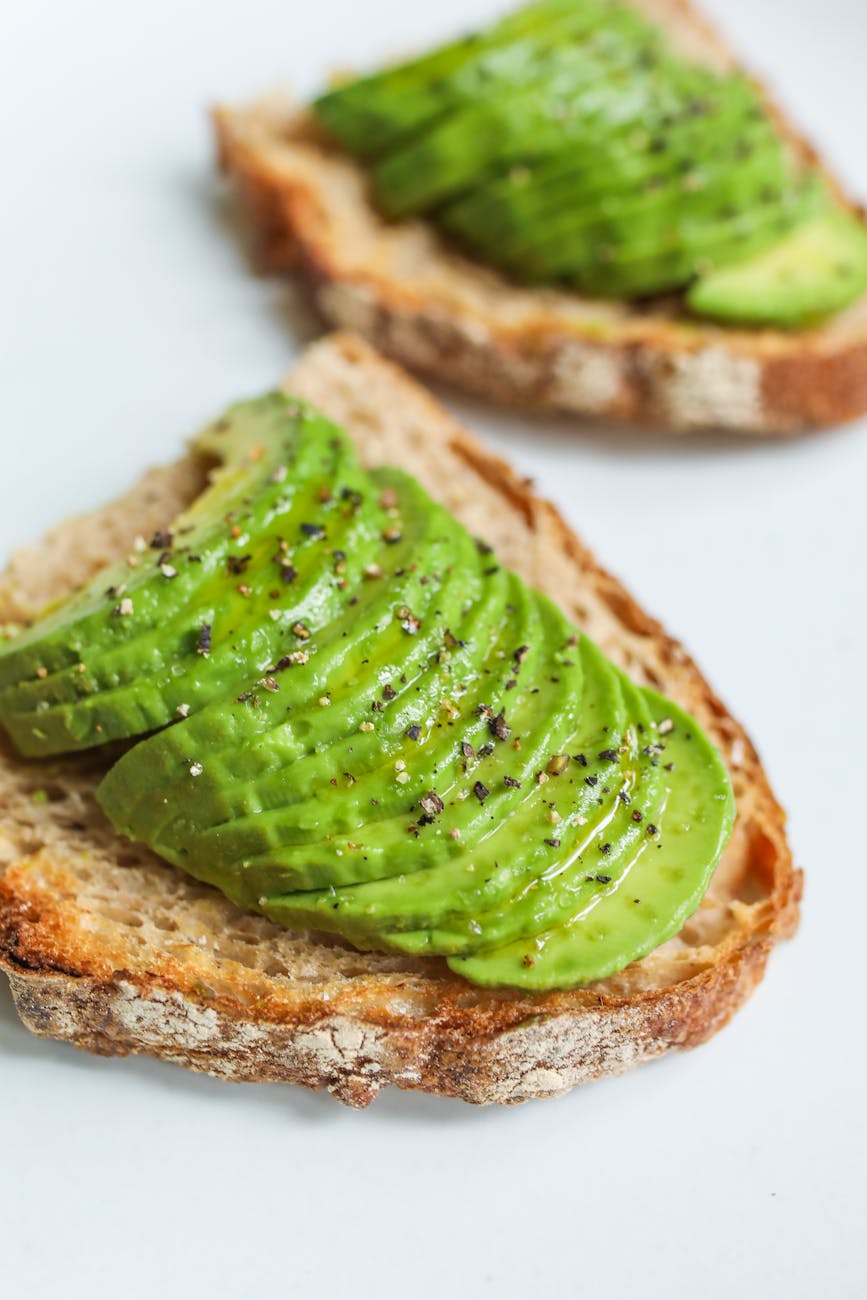
Paleo Diet: A Journey Back to Our Ancestors’ Eating Habits
Imagine stepping back in time to the days of our ancestors, where the diet was dictated by nature and survival rather than convenience. This is the essence of the Paleo Diet, a nutritional approach that seeks to emulate the eating habits of our hunter-gatherer forebears.
In recent years, the Paleo Diet has gained traction as individuals seek healthier lifestyles rooted in simplicity and natural foods. This approach excludes processed foods, grains, and dairy, focusing instead on meats, fish, fruits, vegetables, nuts, and seeds.
Understanding the Paleo Diet
The Paleo Diet is inspired by the Paleolithic era, a time before agriculture and industrialization altered human nutrition. Proponents argue that modern diets contribute to various health issues, and a return to ancestral eating patterns can promote better health.
Expert Opinions and Research
Renowned nutritionists have pointed out the potential benefits of the Paleo Diet in reducing inflammation and supporting weight management. A study published in the European Journal of Clinical Nutrition found that individuals following a Paleo Diet experienced improvements in glucose tolerance and blood lipid profiles.
Personal Journey: A Modern Day Caveman
Take, for instance, Rafael, a software engineer who turned to the Paleo Diet after feeling sluggish and unhealthy. By eliminating processed foods and embracing this nutritional plan, Rafael noticed increased energy levels and better overall health.
Implementing the Paleo Lifestyle
Adopting the Paleo Diet involves more than just dietary changes. It encourages a holistic approach to wellness, incorporating physical activity and mindful living. Here are some actionable tips to get started:
- Start by eliminating processed foods gradually.
- Focus on meals rich in lean proteins and fresh produce.
- Experiment with Paleo-friendly recipes to keep meals exciting.
- Incorporate regular exercise, such as walking or strength training.
Comparison Table: Paleo vs. Modern Diet
| Aspect | Paleo Diet | Modern Diet |
|---|---|---|
| Carbohydrates | Low (from vegetables and fruits) | High (from grains and sugars) |
| Protein Sources | Lean meats, fish | Processed meats, dairy |
| Fat | Healthy fats (nuts, seeds) | Saturated fats (processed snacks) |
| Sugar | Natural sugars (fruits) | Refined sugars |
| Dairy | Excluded | Included |
| Grains | Excluded | Included |
| Processed Foods | Excluded | Included |
| Health Focus | Holistic wellness | Convenience |
Frequently Asked Questions
Is the Paleo Diet suitable for everyone?
While many find benefits, it’s important to consult with a healthcare provider to ensure it aligns with individual health needs.
Can I include dairy in the Paleo Diet?
Traditional Paleo Diet excludes dairy, but some adaptations allow for limited dairy intake.
Are there any potential downsides?
Some may experience nutrient deficiencies if the diet is not well-planned, highlighting the importance of variety and balance.
Conclusion: Embracing Ancestral Nutrition
Returning to the roots of our ancestors’ dietary habits offers a pathway to improved health and vitality. By embracing the principles of the Paleo Diet, individuals can foster a more natural and balanced lifestyle. Consider integrating elements of this approach into your routine and observe how your body responds to the change.


